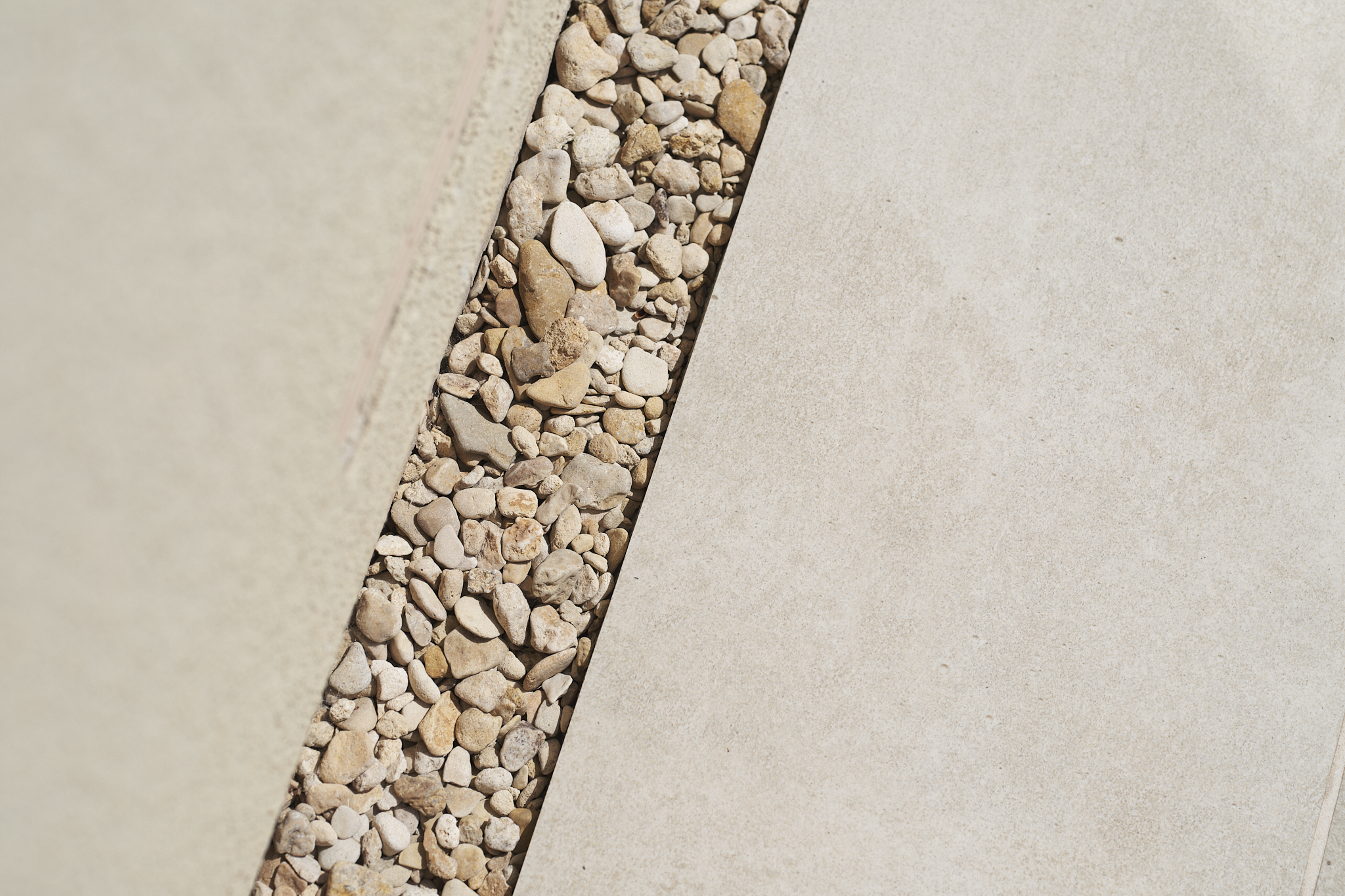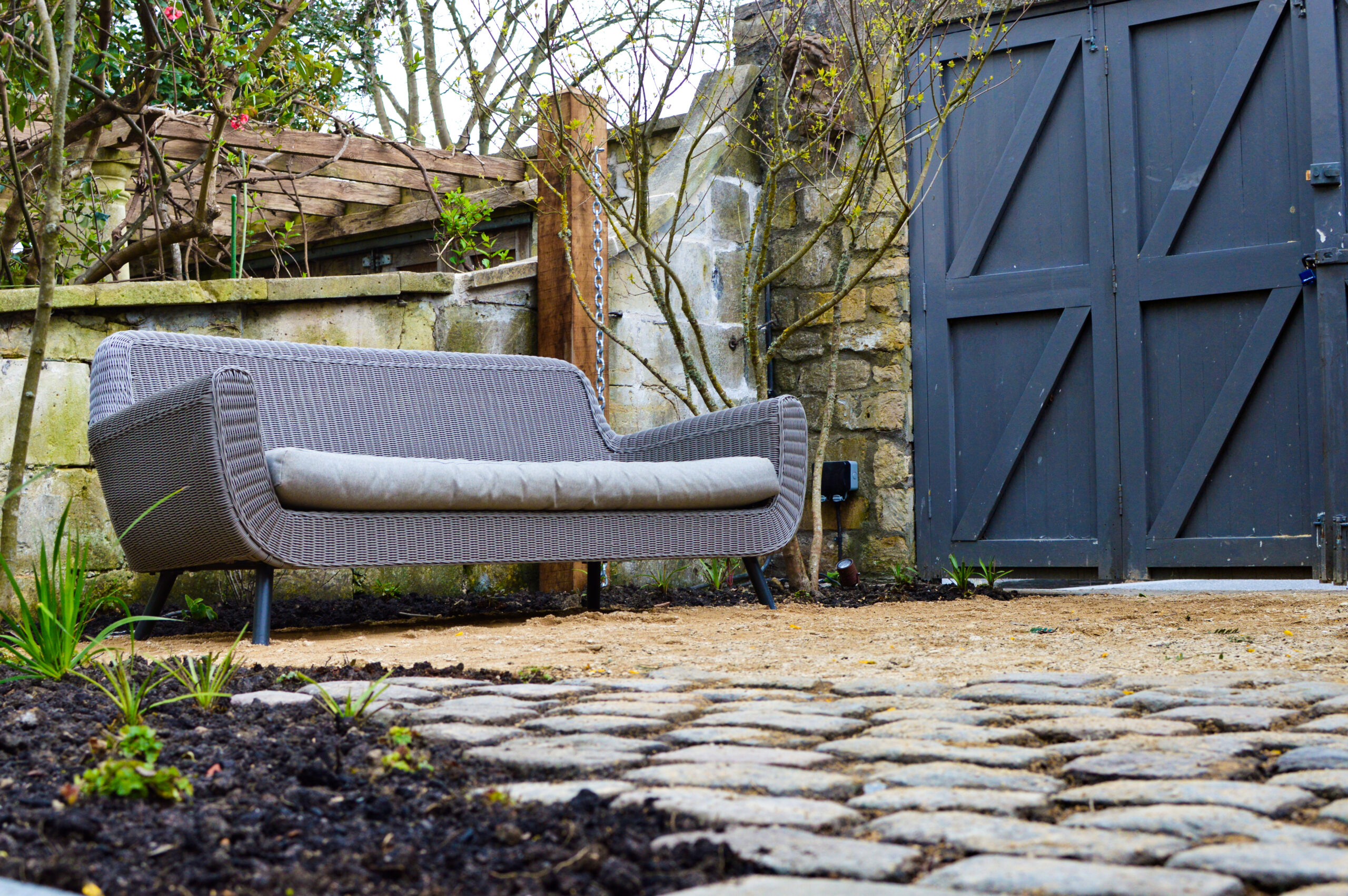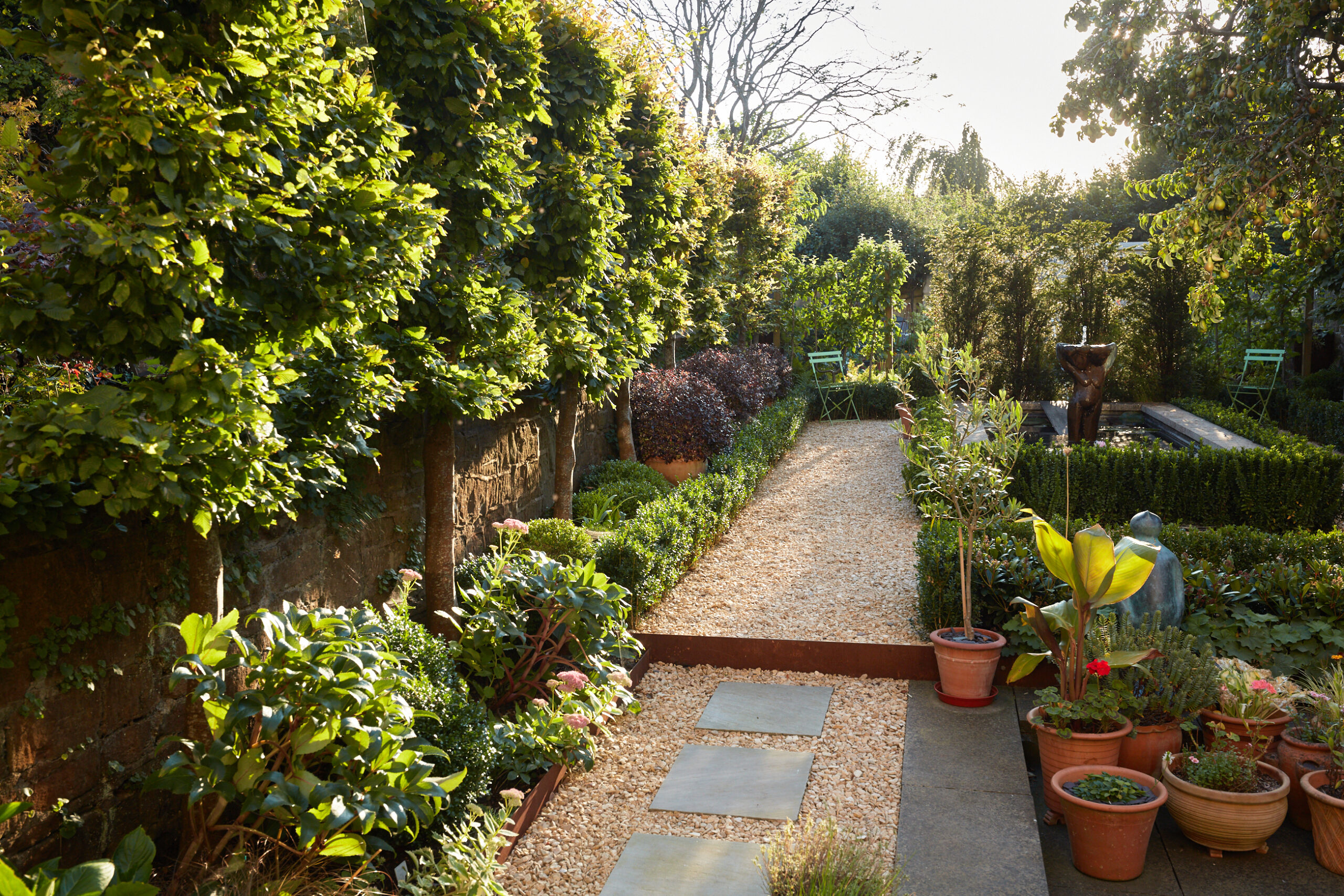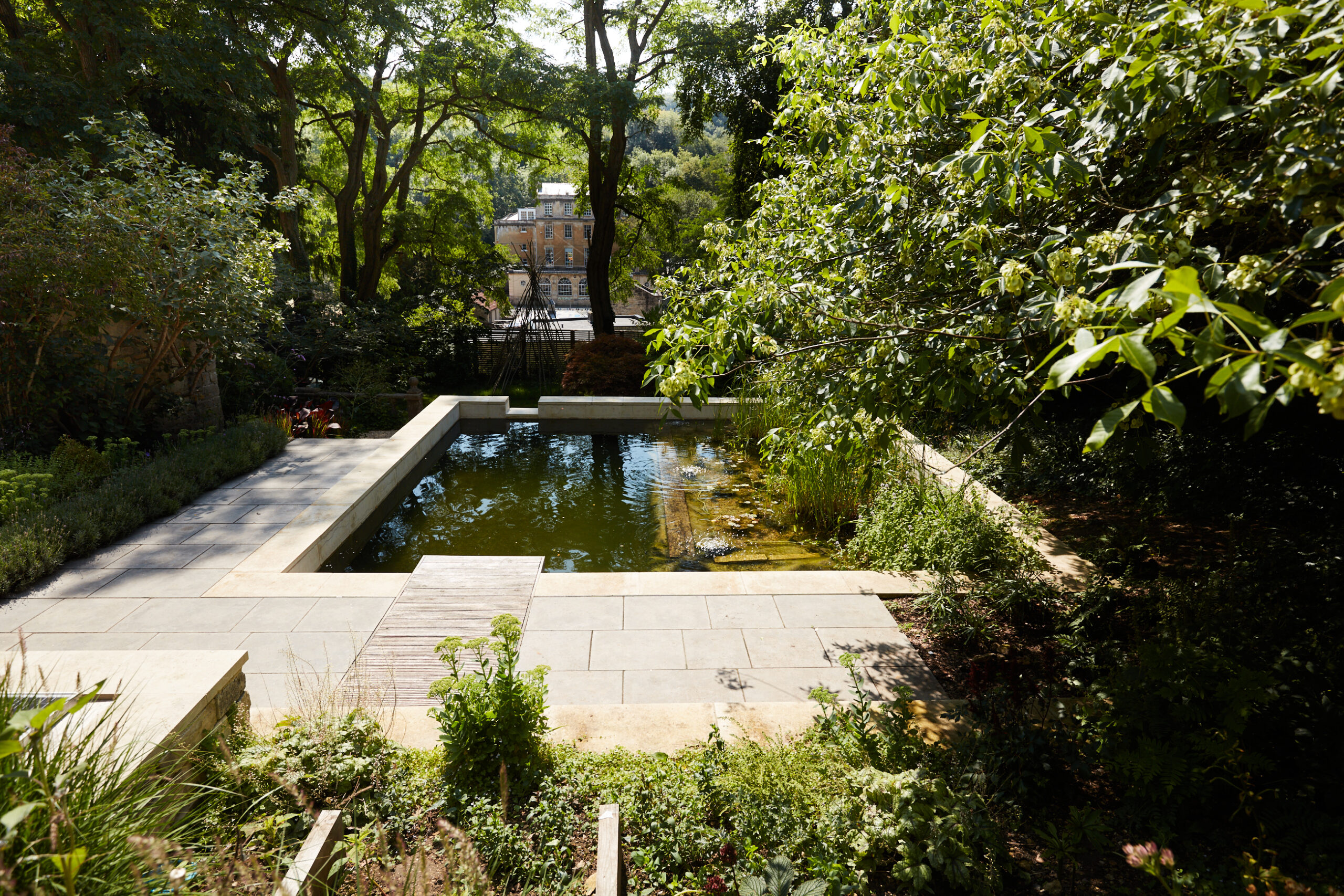As we undertake one of our biggest groundworks packages to date, we thought it fitting to touch base on the essentials of a good and well considered drainage system as part of your newly landscaped garden.
When it comes to landscaping, effective drainage systems are crucial elements that ensure the longevity and health of your garden. In this blog post, we’ll explore the importance of proper drainage, the principles of designing garden drainage systems, and the importance of sustainable practices in water management.
 The Importance of Solid Foundations and Groundworks
The Importance of Solid Foundations and Groundworks
A garden’s success begins with solid foundations and groundworks. These elements provide stability, prevent erosion, and ensure proper water management. Poorly executed groundworks can lead to a host of problems, including soil erosion, waterlogging, subsidence and even structural damage to your property. Effective groundworks set the stage for a thriving garden by creating a stable base and directing water away from vulnerable areas.
Designing Effective Garden Drainage Systems
Properly designed garden drainage systems are essential to managing water flow and preventing damage. Here are some key considerations for designing an effective drainage system:
1. **Assess the Natural Water Courses**
Before installing any drainage system, it’s crucial to understand the natural water courses in your garden and to plot any existing sewers, soakaways and other associated drainage.
Observe how water moves through the landscape during and after rain. This will help you identify areas prone to waterlogging and natural pathways that can be utilized in your design.
2. **Avoid Over-Specification**
It’s easy to over-specify drainage systems, leading to unnecessary expenses.
Assess the garden’s existing drainage capabilities and determine if minor adjustments can address the issues. Sometimes, simple solutions like regrading the soil or adding mulch can improve drainage without the need for extensive installations.
3. **Sustainable Water Management**
Effective drainage systems should focus on recycling water rather than displacing it to other properties. Consider installing systems that help manage water sustainably, such as rain gardens or permeable surfaces. These solutions allow water to infiltrate the soil, reducing runoff and promoting groundwater recharge.
 Consulting with Experienced Contractors
Consulting with Experienced Contractors
If your property requires new drainage installations, it’s vital to consult with experienced contractors. They can design a drainage system tailored to your specific needs, ensuring it effectively manages water runoff without causing problems for neighboring properties. A well-designed system will consider factors such as soil type, slope, and existing infrastructure.
Implementing Aco Drains and Soakaways
Aco drains are an excellent solution for capturing surface water around properties. These linear drainage channels can collect water from driveways, patios, and other hard surfaces. However, the captured water needs to be dealt with appropriately:
**Soakaways**
A soakaway is a pit filled with gravel or other permeable materials that allows water to slowly infiltrate the ground. It’s crucial to position soakaways at least 5 meters away from properties or retaining walls to prevent structural damage. Alternatively, Aco drains can be connected to an existing outlet, ensuring proper disposal of water.
**Avoiding Foul Water Systems**
Never connect drainage systems to foul water systems. This can overwhelm public sewage systems, leading to flooding and environmental damage. Always ensure that water from Aco drains or other systems is directed to appropriate disposal methods like soakaways or stormwater drains.
 Rainwater Harvesting
Rainwater Harvesting
Rainwater harvesting is an excellent method for sustainable water management. By installing rainwater harvesting tanks, you can capture rainwater for use in your garden. This stored water can be used for irrigation systems or connected hoses, reducing your dependence on mains water and promoting eco-friendly gardening practices.
In conclusion, effective drainage systems are essential for maintaining a healthy garden and preventing water-related issues. By understanding natural water courses, avoiding over-specification, and consulting with experienced contractors, you can design a drainage system that meets your garden’s needs sustainably. Implementing solutions like Aco drains, soakaways, and rainwater harvesting can help manage water responsibly, ensuring a beautiful and resilient landscape.
Investing in proper drainage is not just about protecting your property—it’s about creating a sustainable and thriving environment for your garden to flourish.

